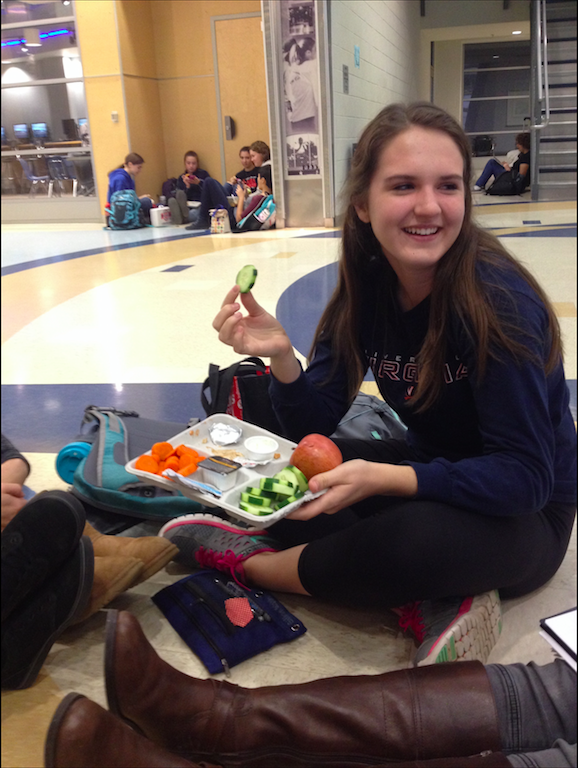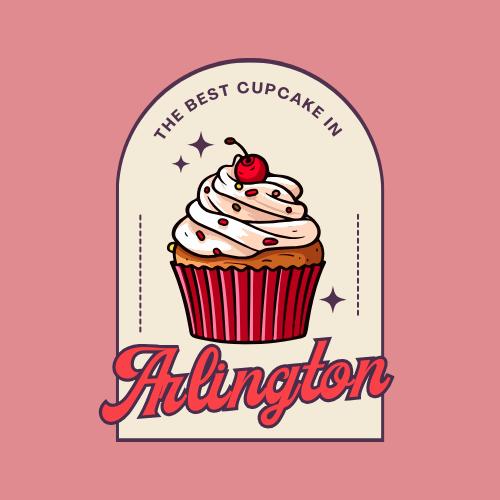Food for thought
Every day the cafeteria is crowded with hungry students. Many of them flock to the lunch lines to buy their meals, complete with healthy food options of fruit, vegetables, milk and whole grain bread items. Some students, however, buy their lunch with reluctance.
Sophomore Cory Dudka is one of these dissatisfied lunch-buyers. “Some of the options are pretty good, but others are just really, really bad,” Dudka said. “Their quesadillas are frankly not quesadillas, they are just burned bread and tomato sauce. I also think the chicken is low-quality. It’s not textured well.”
Arlington Public Schools is enrolled in the National School Lunch Program (NSLP). The service is a federally funded assisted meal program providing free and reduced lunches to enrolled students. Schools across the country are signed up for the service, which is a cheaper alternative to a school system creating its own lunch program. However, some of these other schools are skeptical of the system. “Current sodium levels [in NSLP provided foods] are similar to therapeutic diet levels for heart patients, so we already have very restrictive diets,” Beth Wallace, nutrition director for a school district in Colorado, said in an article published in the Denver Post. The American Heart Association recommends under two grams of salt a day for patients with heart issues, while the FDA’s maximum recommended intake of daily sodium is 2.3 grams. The school district Wallace works for has begun to end their enrollment in the NSLP on the basis that their students are not eating the food that the program provides for them. Students in the district say the lunches offered by the program taste bad. The Colorado school system’s disenrollment is also based on the district’s pessimism to the strict health standards of the program.
According to Amy McCloskey, director of Arlington school system’s Food and Nutrition Services, the program and its strict health standards are here to stay in Arlington. “APS has been focused on serving healthier options,” McCloskey said. She explained that since 2010, the United States Department of Agriculture (USDA) has been enforcing stricter regulations on the nutrition of the foods that the NSLP serves to students. “We have been offering items that meet the guidelines for a few years prior to the implementation of the regulations.”
There may be merits to looking after the health of students, but APS has gone overboard when it comes to student wellbeing. They have even taken matters into their own hands outside of the federal government’s program, such as when the school installed healthier vending machine options last year. “I’ve definitely been stopped [by cafeteria workers] a couple of times to be asked about whether I should get a fruit or a vegetable,” sophomore Caleb Dunham said. Many students have thrown away their fruit or vegetable after being told that they have to buy the item to reduce the cost of the lunch from the à la carte price to the meal price.
Whatever the case, APS must stop being so controlling over the health of their students, their first step towards this goal being ending their enrollment in the NSLP. According to the Institute for Health Metrics and Evaluation, Arlington has one of the lowest obesity rates in the state of Virginia. Why protect students from obesity when there is little obesity to begin with?
Recently a study was published in the scientific journal Cancer saying that eating red meat cooked at a high temperature increases the risk of cancer. Does this mean the next step for APS will be to serve frozen pepperoni on the cafeteria’s pizzas?
Director McCloskey stands by the county’s healthy-eating insistence. “I think we should all strive to live the healthiest life possible,” she said. “In Arlington we are concerned about our students, not just in academics, but in all aspects of leading healthy and productive lives.”













